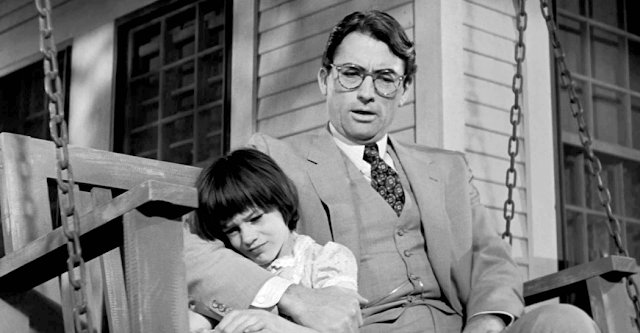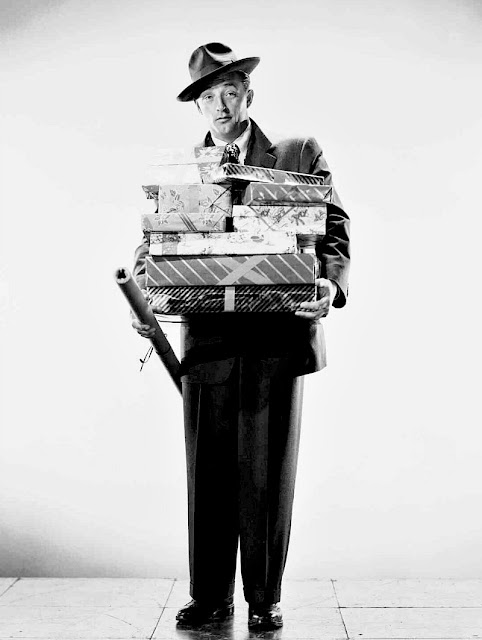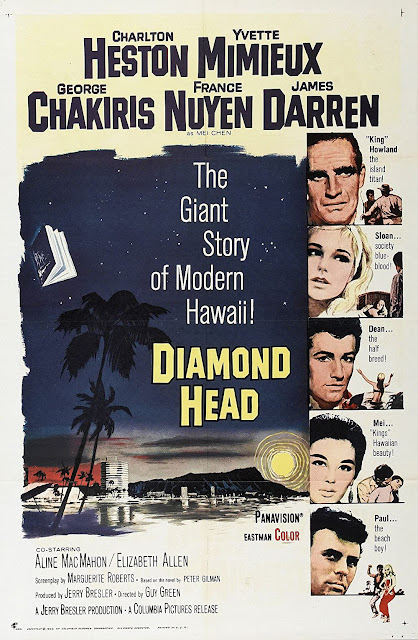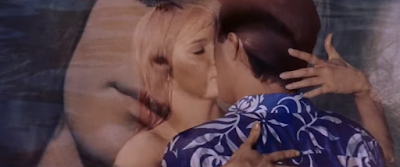 |
| Raquel Welch & Perry King make such a pretty pair in 1975's "The Wild Party." |
The '70s nostalgia
craze resulted in a flurry of films set in the early 20th century,
especially golden era Hollywood. By the mid-70s, enough of these productions had
bombed to cool the trend. For every Chinatown
or The Sting, there were more movies
like At Long Last Love, Gable and Lombard, W.C. Fields and Me, Nickelodeon,
The Day of the Locust, The Great
Gatsby, and Won Ton Ton, The Dog Who
Saved Hollywood. One of the latter category was1975’s The Wild Party, a tale of the debauched silent movie era, before
sound and censorship came in and cleaned house.
 |
| "The Wild Party" was part of the '70s nostalgia craze. |
Today's film fans
might be surprised at the variety of debauchery presented in this ‘70s movie.
One of several big problems is that The
Wild Party itself isn’t presented until near the end of the movie—unlike Babylon, which devotes nearly 30 minutes
of its running time to a party/orgy, before
the opening credits!
 |
| James Coco was very good as the laughing on the outside/yelling on the outside silent film comedian Jolly Grimm in 1975's "The Wild Party." |
James Coco is well-cast
as Jolly Grimm and gives a good dramatic performance as the Jekyll and Hyde
comedian, whose career is on the skids. The
Wild Party is loosely taken from a novel-length poem by Joseph Moncure March, that chronicles the
fall of a once-great vaudeville comic, taking kept woman Queenie down with him.
The story was transplanted to Hollywood to echo the notorious end of silent
movie star Fatty Arbuckle’s career.
 |
| Raquel Welch as the kept starlet in "The Wild Party." Problem with that is Jolly found the starving starlet as a teen and Raquel was 34 as the adult Queenie! |
Jolly Grimm throws a
big party to entice important film folk to a sneak preview of his film
comeback. Coco's recreations of Jolly Grimm in “silents” are believable, but typical
of latter day films, it’s a hybrid of silent movie style shown through a modern
lens. For his “return,” Jolly cajoles and pulls strings, also promising booze
and broads, as commerce for his art.
 |
| The story of "The Wild Party" is told by Jolly's writer, Jimmy Morrison, who observes the downfall of Grimm and Queenie. He's played by David Dukes. |
Coco's character
berates Queenie for all his problems and yet bemoans to others that he's losing
her. This behavior is not uncommon for failing men toward their women,
especially in Hollywood. And Coco captures it quite well, even if it's not
always pleasant to watch. What Jolly and Queenie need each other for doesn't
come across as authentic. The big problem is that Coco’s Jolly is emanating
genuine flop sweat and Raquel's undulating and sashaying around like Gilda.
 |
| "Party! Party! Party!" The fun couple the morning of "The Wild Party." |
The Wild Party was an early Ismail Merchant and James Ivory film.
Unfortunately, they were at the start of their illustrious career and the film
got higher financing only because Raquel Welch chose to star. The producer/director
duo’s rather precious vision of the silent era’s twilight clashed with
Raquel’s, whose star was on the rise. After surviving 1970’s infamous Myra Breckinridge, Welch was part of two
1973 all-star projects, The Last of
Sheila and The Three Musketeers—the latter’s sequel, The Four Musketeers, was also filmed at
the same time. The first was a critical hit and the latter two were box office
hits. Welch took this as a mandate to be taken seriously, and not as her
generation’s Jane Russell.
 |
| As Queenie, Raquel Welch wakes up after a rough night in "The Wild Party." As you can see, Raquel sheds glamour for authenticity in her dramatic role. |
The finished product glaringly
shows the contrasting scenes. The filmmakers’ stylized presentation of
scandalous silent film stars clash with star Welch, as she swans about showing
off her fab form and immaculate glamour.
When Welch tries to
emote as vulnerable starlet Queenie, empathy is not her strong point. And Raquel’s
singing and dancing feels like a commercial for her ‘70s Vegas act. What points
up Welch's lack of genuine talent, warmth or charisma, is when “rusty” Raquel
sings and dances as "Singapore Sally." As Queenie, she’s supposed to
wow the crowd, along with male characters Tex, Jimmy, and Dale. They
are all unabashedly adoring—and then it cuts back to Raquel doing her damnedest just
to stay afloat.
 |
| "Triple threat" Raquel Welch sings, dances, and acts dramatic as kept Queenie in 1975's "The Wild Party." |
One of Hollywood’s
biggest clichés is casting 30-something “name” actresses as “starlets”: Lana
Turner in Imitation of Life, Kim
Novak in Lylah Clare, and the stars
from all versions of A Star is Born! At
34, Welch was a decade too old to play the starlet who is kept, rescued as a
struggling teen by comic star Jolly Grimm. A shame, as the character could have
been touching. The curvy, toned, and shellacked Raquel does not suggest a
silent starlet in the least, while her breathy “coffee, tea, or me” voice makes
you wish this were a silent picture.
 |
| Raquel Welch as Queenie in full-drag for no apparent reason the morning of "The Wild Party." That faint mark on her cheek is a bruise from Jolly's abuse! |
As striking as Raquel
Welch is physically, she reminds me of one of those modern stars doing a spoof
of a bygone era. There is little authenticity in her performance. The same
year, Karen Black played a far more realistic no-talent golden era starlet in The Day of the Locust. Though Goldie
Hawn was only five years younger than Raquel, I could see Goldie playing this
vulnerable and still girlish starlet. And around this time Hawn was showing her
genuine acting chops in The Sugarland
Express and Shampoo.
 |
| David Dukes, earnest as the good guy unable to stop the tragedy of "The Wild Party." |
David Dukes earnestly
plays a showbiz version of Gatsby's
Nick Carraway in this film, as James “Jimmy” Morrison, the rational observer of
the rich and reckless. Queenie could be considered sort of a Myrtle Wilson, a
good-hearted broad who just wants more out of life, but not as played by the
vacuous Raquel. Myrtle was actually played the year before by, yet again, Karen
Black!
 |
| Tiffany Bolling as Queenie's pal Kate, who's sorry that she brought date matinee idol Dale Sword (Perry King) to "The Wild Party." Yes, he's looking at Raquel! |
Perry King is
perfectly cast as a silent movie heart throb with a porn name, Dale Sword. What
a shame Perry’s great looks were out of style in the realistic ‘70s. King’s
aristocratic features, blue eyes, blonde hair, and athletic body are a stunning
package. And Perry gives a good performance, too. In his quiet scenes with
Raquel’s Queenie, he is totally natural, unlike Welch, who sounds like she’s
doing an audition read.
 |
| Perry King was damn good-looking and a good actor, in 1975's "The Wild Party." |
Royal Dano as Jolly’s
side kick Tex is solid. Dano was a familiar movie and television face,
with those piercing blue eyes and his Abraham Lincoln-esque visage. Tiffany
Bolling as fellow starlet Kate out-acts and out-sings Raquel Welch without even
trying, and in the fraction of the screen time. The young girl who temporarily
takes Jolly out of his Grimm-ness is Chris Gilmore. Her precocious performance
as Nadine, the teen star wannabe, is a bit over the top, but gives the movie
some energy.
 |
| Chris Gilmore as precocious Nadine in "The Wild Party" makes the most of her role. |
As the film unreels,
Jolly’s new picture flops and his guests provide their own entertainment. By
the last reel, Jolly’s alienated Queenie, and now sloppy drunk. The film’s suggestion
of Grimm making a move on young Nadine sets off the fatal climax. Except for
Jolly, the characters are cardboard, so it's hard to shed any tears—which has also
been a criticism of the characters/archetypes of Babylon.
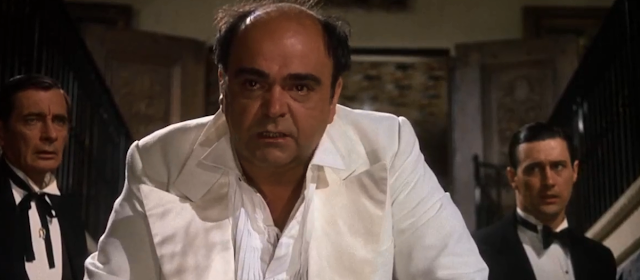 |
| James Coco as Jolly Grimm, near the end of his rope, as Royal Dano & David Dukes look on, as his entourage. |
Critics of the time
and later online reviewers have ripped this movie apart on every level. I’m no
expert, but I thought the period detail looked realistic and it was filmed at
the historic Mission Inn, in Riverside, CA. Ron Talsky’s costumes for Raquel
Welch look stunning and the supporting cast costumes were good, too. Ralph
Lauren provided the male stars’ clothes. Considering this film was made for
low-budget American International Pictures for under a million dollars, it looked
pretty swell to me. There was talk of filming The Wild Party as a musical, but that idea was scrapped, though
there are songs curiously commenting on the action in the film score. Patricia
Birch was the choreographer. Ironically, the story was later a hit Broadway
musical. The film was also made in just over a month, which is pretty amazing,
considering the turmoil.
 |
| Ron Talsky, Raquel Welch's boyfriend at the time, designed a glam wardrobe for the star in "The Wild Party." |
The bad publicity
regarding Raquel Welch’s diva behavior during the production and the studio re-cutting
the film a couple of times to make it more commercial caused the critics to
come down hard. The Wild Party was a
critical and commercial flop. Welch would star in just one more hit movie, Mother, Jugs, and Speed, the following
year. Aside from Welch, The Wild Party
has its moments. But like Ann-Margret taking Bus Riley’s Back in Town hostage with her sex kitten histrionics,
Raquel’s unconvincing Queenie is a real drag on this party.
 |
| "The Wild Party" before, when guests are bored by Jolly Grimm's film "return." |
 |
| Then the guests decide to make their own kind of fun in "The Wild Party." |

